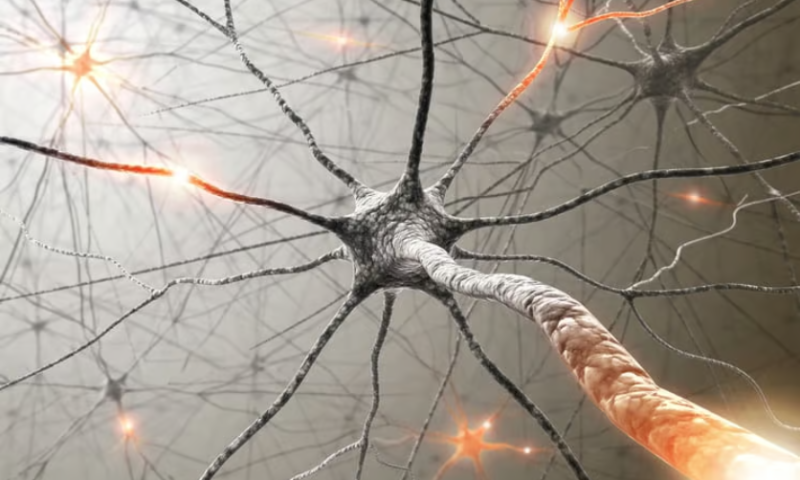While many wearable devices currently available to people with Parkinson’s disease focus mainly on tracking the condition, the latest iteration of Cala Health’s externally worn technology is aiming to effectively treat the tremors associated with the disease.
Cala announced (PDF) the launch of its new kIQ system this week. The FDA-cleared device is worn around the wrist, giving patients on-demand access to Cala’s Transcutaneous Afferent Patterned Stimulation, or TAPS, therapy.
The system has been cleared by the FDA to treat action hand tremor—that is, tremors associated with voluntary movements or postures—in people diagnosed with Parkinson’s or essential tremor. That’s an upgrade from the previous Cala Trio system, which was cleared only for use by people with essential tremor. According to Cala, the new indication makes kIQ the first and only wearable device cleared by the FDA for that purpose in the broadened patient group.
To start, the kIQ system monitors a patient’s individual tremors and develops a stimulation therapy pattern specific to their needs. The pattern is then integrated into regular TAPS sessions, which stimulate the nerves in the wrist to reach the areas of the brain associated with the tremor.
The entire system is noninvasive and is designed to be used for 40-minute sessions up to five times a day.
Additionally, as each therapy session is completed, the device automatically sends data about the session and the patient’s response to it to Cala’s online patient portal, where users can choose to send reports summing up their results directly to their doctors.
A 2020 study of the TAPS neurostimulation therapy in essential tremor patients found that after using Cala’s device, more than 90% of patients saw a reduction of at least 50% in the strength of their tremors. Other recent studies of the technology have shown that the relief can start during the actual therapy session and that it lasts for a median of 60 minutes after the session is complete, and even longer for some users, according to Cala.
The company therefore recommends that users undergo a TAPS session shortly before an event or task during which they want to minimize their tremors.
“Current research shows that tremors can severely impact patients’ mental health and activities of daily living, which are essential tasks such as holding a cup, unlocking a door or dialing a phone,” Pravin Khemani, M.D., a Seattle-based neurologist, said in Cala’s announcement. “There’s a real need for patient populations who suffer from action hand tremors to have an effective, safe option when it comes to managing their symptoms—which is exactly where TAPS therapy can come in and make a significant difference.”
The FDA expansion for the TAPS therapy comes a few years after Cala earned the agency’s breakthrough device designation in 2020 for its system’s use in treating tremors in Parkinson’s patients.
Meanwhile, even as it dove headfirst into Parkinson’s-related studies, Cala has continued to explore the possibility of expanding into even more indications. Upon closing a $77 million funding round in late 2021, the company suggested that its approach to neurostimulation could help treat a host of chronic diseases, including psychiatric and cardiological conditions, as well as autoimmune disorders.

